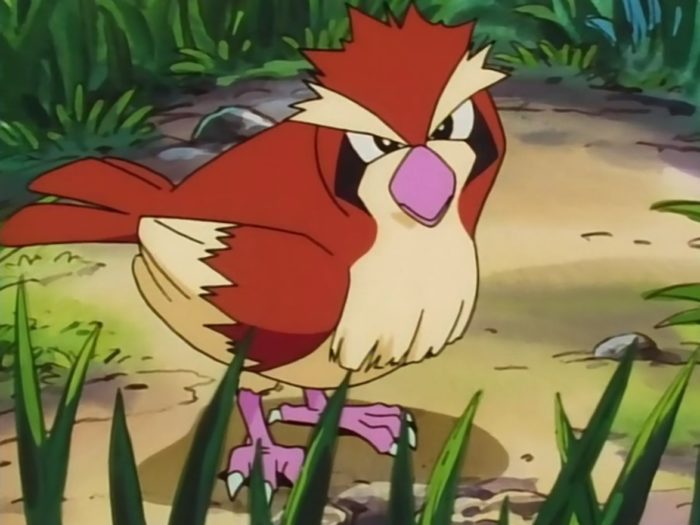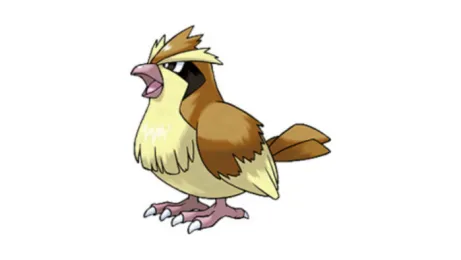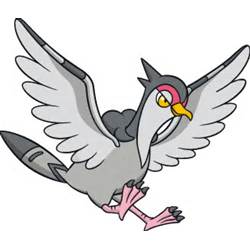Pidgey (1996)
“A common sight in forests and woods. It flaps its wings at ground level to kick up blinding sand.”
The original flying Pokemon, one you kind of wished would stop showing up every time you set foot in tall grass. Making its first appearance in Kanto and the original Pokemon Red and Blue, Pidgey could be found just about everywhere; meanwhile, its evolutions didn’t tend to be quite so common. Pidgey is one of the most common Pokemon in the game, with an encounter rate of 33.3%.
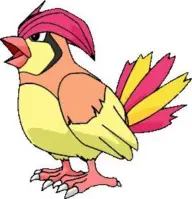
“Very protective of its sprawling territorial area, this Pokemon will fiercely peck at any intruder.”
It may not look like much, but stick with Pidgey and it has the ability to evolve into the more impressive Pidgeot. Pidgey and its two evolutions are effective against the likes of Grass and Bug, but take significant damage when dealing with an incoming Ice, Electric or Rock-type attack.
Though traditionally considered a bit of a pain in the ass, Twitch Plays Pokemon treasured a Pidgey they somehow managed to level to disturbing strength. Lovingly named PidJesus, their savior, this Pidgey turned into a majestic Pidgeot and crushed many Pokemon in its path.
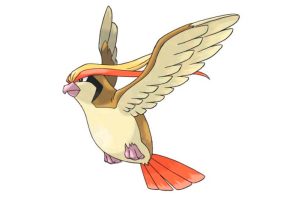
“When hunting, it skims the surface of water at high speeds to pick off unwary prey such as Magikarp.”
Pidgey evolves into Pidgeotto at level 18, before evolving into Pidgeot at level 36. While raised stats and more powerful moves are what some trainers will be excited for when finally seeing their Pidgeot, aesthetically, it finally dons a long, trailing coif that helps to make it look far more badass than the puny bird we started off our adventures with.
Hoothoot (1999)
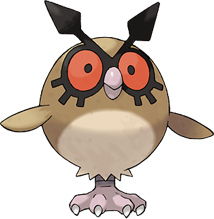
“It marks time precisely. Some countries consider it to be a wise friend, versed in the world’s ways.”
Johto was home to Hoothoot, the cute tiny owl Pokemon that got a whole lot more powerful when it evolved into Noctowl. The second generation version of Pidgey was a pretty huge change up, not only in terms of its looks, but also in some of its noticeable and frustrating gameplay traits.
Though it’s listed as a Flying and Normal-type Pokemon, Hoothoot’s moves also focus quite heavily on Psychic. Hoothoot has an encounter rate of 33.3%, matching that of the ultimate Pokemon pest itself.
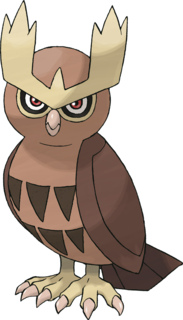
“Its eyes are specially adapted. They concentrate even faint light and enable it to see in the dark.”
Party of what made Hoothoot so frustrating was the fact it was nocturnal, meaning if you did actually want one, you’d need to wait until the evening in real-life before you’d have a chance of spotting one. That also meant, however, that if you were trying to catch another Pokemon at night, your encounters would be plagued with the beady-eyed owl.
To make things worse, if it got in the first attack, it’d just use Hypnosis and send your Pokemon to sleep. In terms of how annoying it was to encounter, Hoothoot is most definitely an evolution of the original Pidgey.
It was worth catching, however, with Noctowl having quite the mix of Psychic, Flying, and Normal-type moves. It’d take until level 20 for you to finally get a Noctowl, but then you can rest easy, as that’s the final evolution.
Taillow (2002)
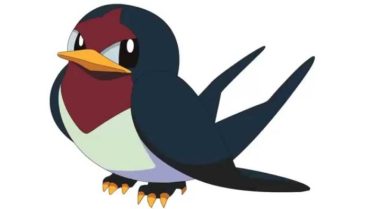
“It has a gutsy spirit that makes it bravely take on tough foes. It flies in search of warm climates.”
Taillow is another Pokemon that, while adopting the same kind of Flying/ Normal-type role as Pidgey, only has one evolution. Its base stats reflect a typical Flying-type with Speed and Attack being its forte.
Taillow was essentially the Pidgey, albeit a much cooler-looking version, of the Hoenn region from Ruby, Sapphire, and Emerald. Interestingly, it wasn’t quite as much of an aerial pest as many of the other generations’ Pidgey variants, with its encounter rate coming in at 26%. That doesn’t mean you can expect to just walk around Hoenn without running into them far more than you’d like too, however.
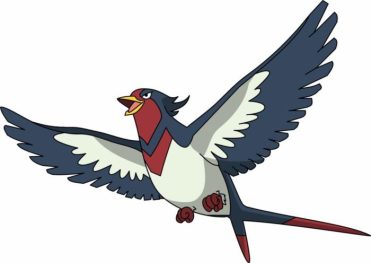
“Swellow flies high above our heads, making graceful arcs in the sky. This Pokemon dives at a steep angle as soon as it spots its prey. The hapless prey is tightly grasped by Swellow’s clawed feet, preventing escape.”
At level 22, our prettier Pidgey evolves into the cooler and, judging by its Pokedex entry, far more lethal Swellow. Its moves focus almost solely on normal and flying types, except for Agility which is classed as a Psychic-type. This Pokemon is a fierce fighter and favorite of Birdkeepers with moves like Air Slash delivering 75 points of power, learned at level 45, or Aerial Ace, acquired at the much earlier level 21.
Starly (2006)
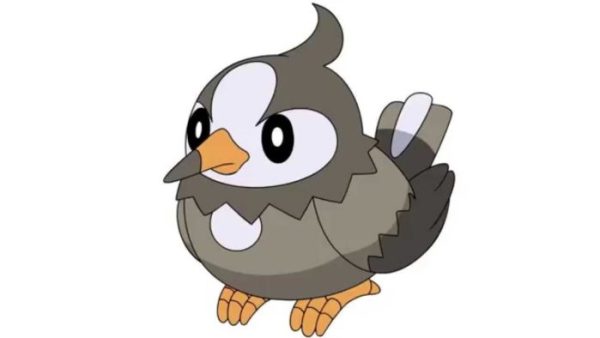
“They flock in great numbers. Though small, they flap their wings with great power.”
Debuting in Pokemon Diamond and Pearl, Starly is possibly the closest direct successor to the original Pidgey. Unlike Taillow and Hoothoot, Starly has two evolutions, and it was just as common as the original Pidgey thanks to its 33.3% encounter rate. They also share the same design when it comes to their tail and coif, with both growing in splendor with each phase.
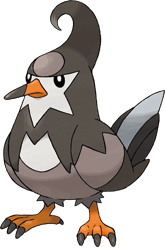
“It flies around forests and fields in search of bug Pokemon. It stays within a huge flock.”
At level 18, Starly evolves into Staravia, bringing with it a rather stylish quiff. As expected, Starly and its evolutions are Flying and Normal type Pokemon, and their naturally learned moves follow this pretty much completely, excluding Agility and Final Gambit.
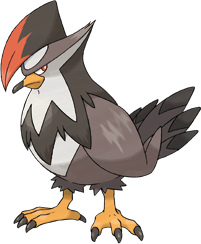
“It has a savage nature. It will courageously challenge foes that are much larger.”
Keep it in your team until level 34 and you’ll eventually get Staravia. Swapping out the quiff for a more stylish punk rocker mohawk, Staraptor cannot be caught in the wild and must be evolved.
Pidove (2010)
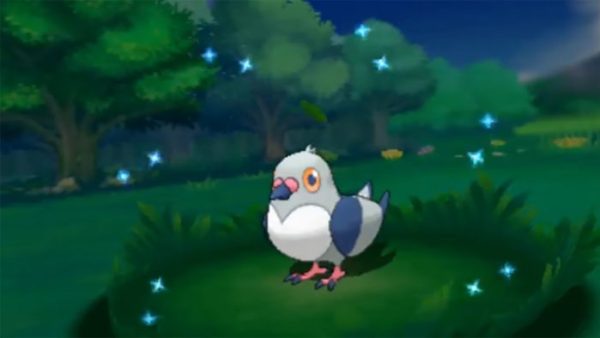
“This very forgetful Pokemon will wait for a new order from its Trainer even though it already has one.”
Pidove is possibly the most vacant-looking Pokemon you’ll ever come across. Its blank stare matches its rather hilarious Pokedex entry, which kind of explains why nobody really wants one in their team. Unfortunately for trainers, just like real-life pigeons, these things can be found just about everywhere you look in the Unova region, constantly challenging you with its chilling stare of nothingness.
Despite its glazed-over visage, in comparison to Pidgey’s base stats, Pidove is actually a little bit stronger almost completely across the board, only suffering a dip in its Speed stat.
“It can return to its Trainer’s location regardless of the distance separating them.”
Pidove continues the 33.3% encounter rate synonymous with the Pidgey Pokemon of each generation, but the aesthetic changes somewhat compared to the very similar Starly and Pidgey designs, particularly when we come to Pidove’s final evolution. At level 21, Pidove evolves into Tranquill which, in turn, evolves into Unfezant at level 32.
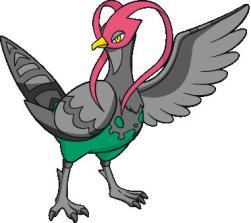
“Males swing their head plumage to threaten opponents. The female’s flying abilities surpass those of the males.”
Unfezant’s distinguishing features are its green underbelly (which makes it look like its wearing shorts), and its long pink locks (which kinda look like a masquerade mask).
Fletchling (2013)
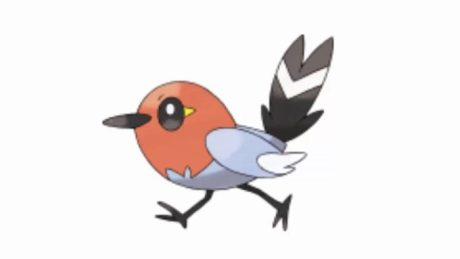
“Although Fletchling’s chirp is quite beautiful to hear, it is relentlessly tough with those who enter its territory.”
Rather than going for the typical pigeon look, Fletchling adopts the cuter and more dainty look of a robin. Unfortunately, this doesn’t make them any less common or annoying than the likes of Pidgey or Pidove as its encounter rate remains at 33.3%. Despite looking like it should be way smaller than a Pidgey, Fletchling is pretty much the same weight and the exact same height as the OG aerial pest itself.
Training Fletchling to level 17 will see it evolve into Fletchinder, and this is where the Pidgey variant for Pokemon X and Y stands out a bit among the crowd.
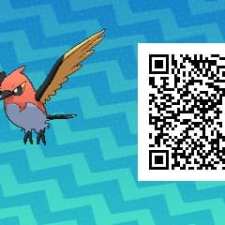
“From its beak, it expels embers that set the tall grass on fire. Then it pounces on the bewildered prey that pop out of the grass.”
Rather than it just being yet another Normal/ Flying type, Fletchling’s evolution into Fletchinder actually sees it change type into a Fire and Flying type. It seems like Fletchinder uses its newfound firey abilities in a pretty dark way, if its Pokedex entry is anything to go by. They enjoy casually smoking out any Pokemon in the grass and destroying their homes.
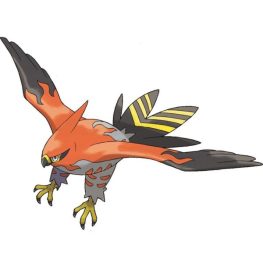
“In the fever of an exciting battle, it showers embers from the gaps between its feathers and takes to the air.”
When evolving into Talonflame at level 35, its types remain the same, as its name suggests. Compared to all other final evolutions, Talonflame definitely takes the award for the most formidable looking with its striking black and yellow striped tail, flame-like red tongues peeking into its black wings, and eagle-like face.
Despite its badass looks, Talonflame’s base stats are actually generally weaker across the board than those of Pidgeot. While it does have an advantage when it comes to Speed and Special Attack, Pidgeot manages to outdo everywhere else. Thanks to its huge Speed boost, however, Talonflame emerges victorious with its total stat figure being 30 higher than that of Pidgeot.
Pikipek (2016)
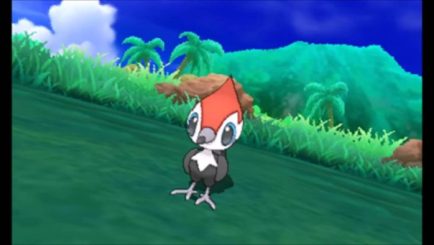
“It can peck at a rate of 16 times a second to drill holes in trees. It uses the holes for food storage and for nesting.”
Finally, we arrive at Pikipek, the Alola region’s more exotic version of Pidgey. Unsurprisingly at this point, Pikipek has the same 33.3% encounter rate as Pidgey and also has two evolutions that come at later levels, though noticeably lower ones. Pikipek evolves into Trumbeak at level 14, another Normal/ Flying-type Pokemon.

“It eats berries and stores their seeds in its beak. When it encounters enemies or prey, it fires off all the seeds in a burst.”
For those looking for cool and formidable-looking Pokemon, Trumbeak doesn’t quite pull off that style. It does look incredibly happy just to be here, however. As expected, Pikipek and its evolutions’ natural moves focus predominantly on Normal and Flying-type moves. However, it will learn Bullet Seed at level 31. It’s pretty weak, coming in at 25 power points, but it’s a nice variation to have at your disposal. And by the time you’re learning Bullet Seed, you’ll have hopefully evolved your Trumbeak into the majestic Toucannon.
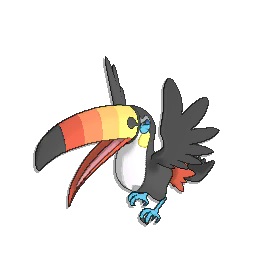
“When it battles, its beak heats up. The temperature can easily exceed 212 degrees Fahrenheit, causing severe burns when it hits.
With its multicolored beak, evil-looking eyes, and stylish blue feet, Toucannon is the ultimate tropical Flying-type from the Alola region. Oh, and did we tell you that its beak literally becomes a scolding hot weapon of destruction when it’s in battle?
In terms of stats, Toucannon actually comes in far higher in the Attack Sp. Atk and Sp. Def stats compared to Pidgeot. It does, however, lack quite significantly in Speed, so if you are contemplating using it frequently in your team, you might want to equip Quick Claw or focus on boosting this stat another way.
Which generation of Pidgey is your favorite? Which are you sick of encountering? Let us know in the comments below!

